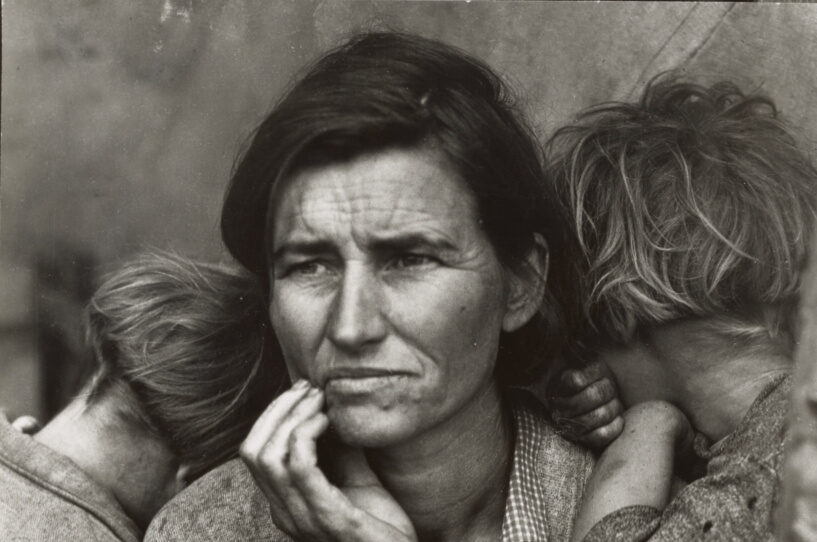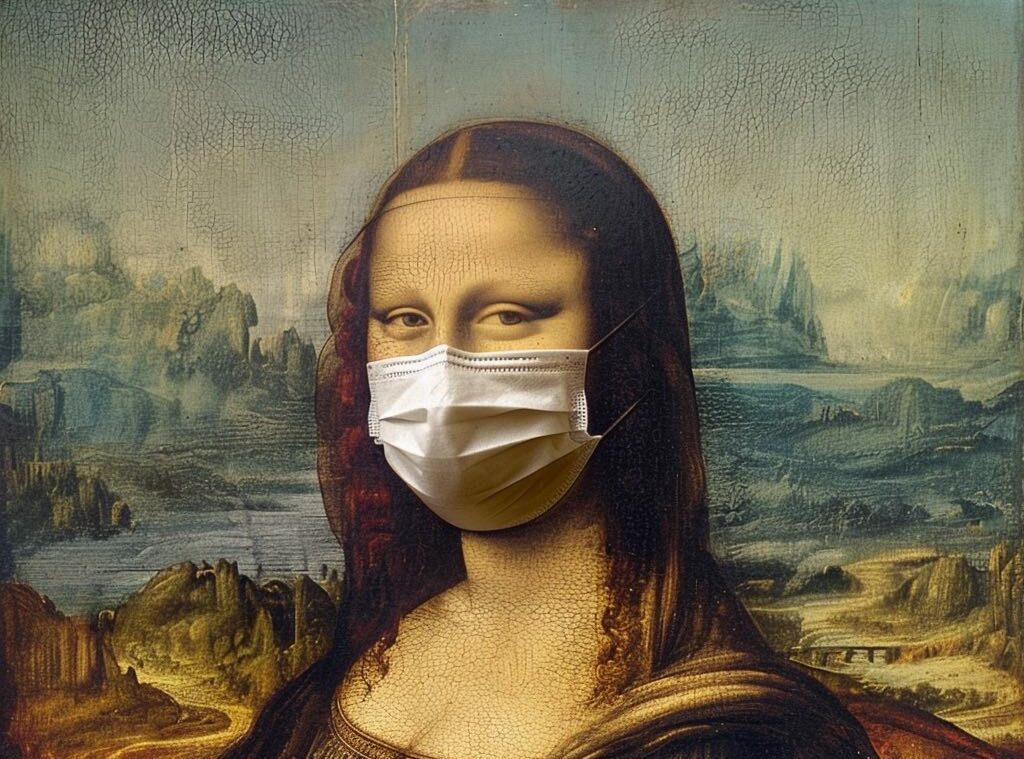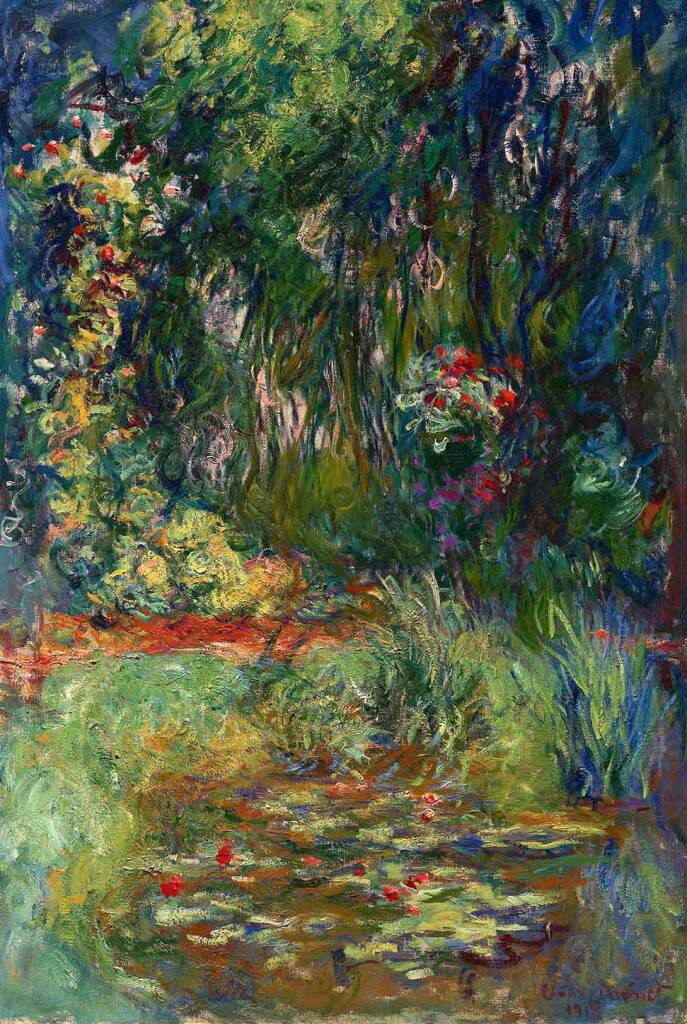What is Documentary Photography?

Documentary photography is a genre of photography that captures real-life events and moments, offering a raw and unfiltered glimpse into various aspects of life, society, and the world around us. Unlike other forms of photography that might be staged or heavily edited, documentary photography aims to present subjects in their natural state, providing an authentic representation of reality. This genre has a rich history and continues to be a powerful tool for storytelling, social change, and preserving history.
The Essence of Documentary Photography
At its core, documentary photography is about truth and honesty. It seeks to document the world as it is, without manipulation or artistic embellishment. Photographers in this field often immerse themselves in their subjects’ environments, sometimes for extended periods, to capture moments that genuinely reflect the essence of the subject matter.
Definition and Historical Background
According to the Cambridge Dictionary, the term “documentary” means providing facts and information about a particular subject using tools such as pictures, films, or interviews with people involved in real events to provide a factual report. Although defining “documentary photography” can be challenging, numerous examples since the 1930s have illustrated its characteristics. Documentary photographs can reveal unknown, hidden, or difficult-to-access places, or capture the lives of ordinary people. The goal is to present the truth and influence those who have the power to enact change, driven by social investigation and the hope of paving the way for social reform (Wells, 2009). Documentary photographers strive to dramatize their viewpoint to make their images more impactful (Guimond, 1991).
Initially, the primary purpose of using the camera as a documentary tool was to record what humans saw with their eyes. Long before photography was recognized as a fine art medium, it was valued for its unique ability to capture moments and places accurately—something painting could not achieve. The early years of photography, despite technological limitations and high costs, saw many determined adventurers overcome obstacles to document remote and challenging terrains. Images of the American West, archaeological digs, anthropological studies, war, and urban and rural poverty became vital documents of the era, often serving both official and commercial purposes (Hannavy, 2008).
Techniques and Approach
Documentary photographers employ various techniques to achieve their goals:
- Candid Shots: Authenticity is key, so photographers often take candid shots without posing their subjects.
- Long-term Projects: Many documentary photographers work on long-term projects, allowing them to build trust with their subjects and gain deeper insights.
- Storytelling: Each photograph tells a part of a larger story. Photographers often create series of images that, together, provide a comprehensive narrative.
- Natural Lighting: To maintain authenticity, documentary photographers typically use natural lighting rather than artificial setups.
Ethical Considerations
With great power comes great responsibility. Documentary photographers must navigate numerous ethical considerations. Consent and respect for subjects are paramount. Photographers need to ensure that their work does not exploit or misrepresent the individuals or communities they document. Additionally, they must be mindful of the potential impact their images could have on those depicted.
Modern Documentary Photography
Today, documentary photography continues to evolve. The digital age has democratized the medium, allowing more people to participate and share their stories. Platforms like Instagram and online publications provide spaces for documentary photographers to reach global audiences. However, the principles of authenticity and truth remain unchanged.
Impact and Influence
Documentary photography has a profound impact on society. It brings attention to underreported issues, influences public opinion, and can even drive social change. Iconic images, such as those from the Civil Rights Movement or the Vietnam War, have shaped collective memory and historical narratives.
Overlapping Genres
It is impossible to neatly separate the fields and genres of photography. Documentary photography often merges with other genres and purposes. For instance, when it serves a social function, it approaches photojournalism or news photography. However, it remains distinct from propaganda photography. When photographers capture candid street scenes, they border on street photography. The photographer’s intention ultimately determines the genre, as different objectives lead to classifications as documentary, photojournalism, or street photography.
Conclusion
Documentary photography is more than just taking pictures; it’s about capturing the soul of a moment and telling stories that matter. It requires a deep commitment to truth and an unwavering respect for the subjects. As we continue to navigate a world full of challenges and beauty, documentary photographers will play a crucial role in helping us see and understand the world in all its complexity.
Whether you are an aspiring photographer or simply an admirer of the craft, understanding the significance of documentary photography enriches our appreciation for the power of images and their ability to shape our world.
Recommend0 recommendationsPublished in Art History


Responses